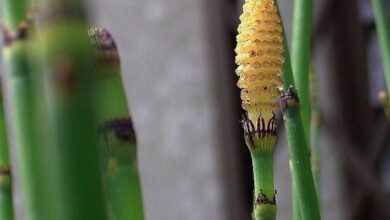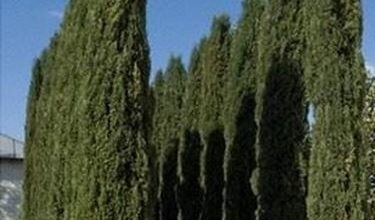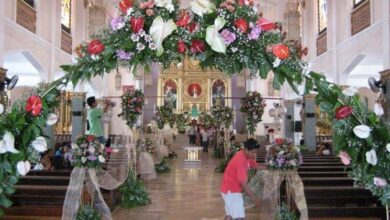Acacia of Constantinople
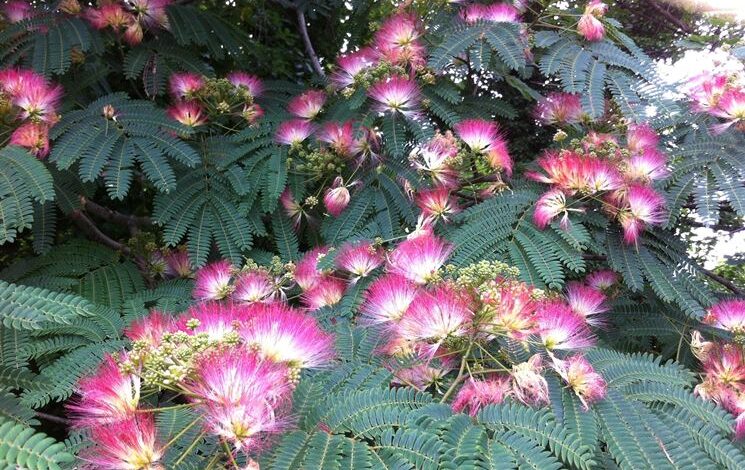
Generality
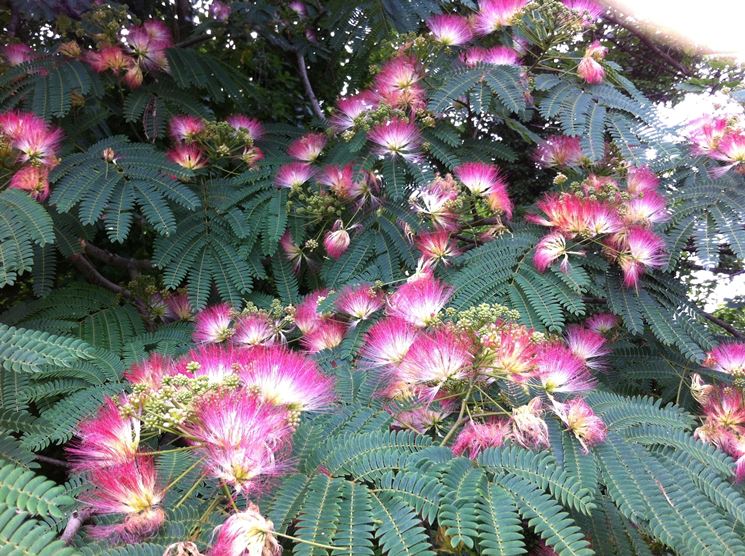
acacia of constantinople flowers» width=»745″ height=»559″ longdesc=»/alberi/alberi-latifolie/acacia-di-costantinopoli.asp»>The flowers are hermaphroditic and aggregated in roundish whitish flower heads which in turn gather in corymb inflorescences located at the top of the branches. Numerous stamens 2-3 cm long, of white-pink color at the base and red at the apex, depart from each corymb, which resemble thin silk threads. Flowering continues during the summer starting from June, the pollination is mainly entomophilous operated by bees and butterflies, but the flowers can also attract birds such as hummingbirds. The fruits are brown legumes up to 20 cm long and 2 cm wide, in winter they remain attached to the branches; the seeds are contained inside the legumes.
Climate and terrain
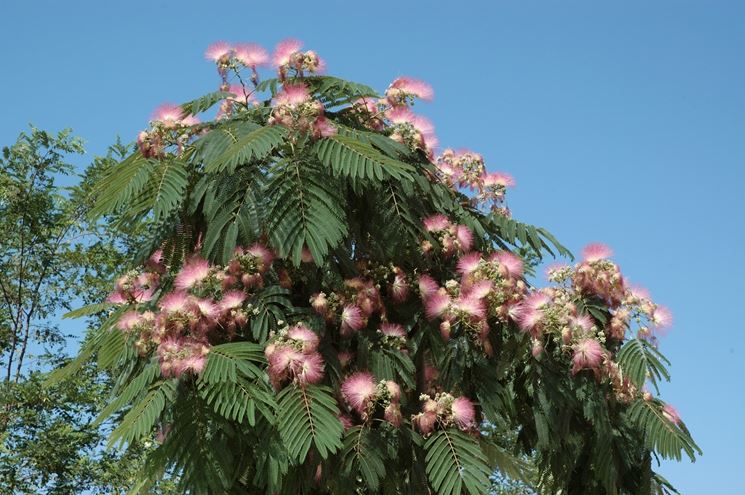
The Acacia of Constantinople prefers warm temperate climates, but it is also able to adapt to temperate climates as it tolerates temperatures of a few degrees below zero, it should be borne in mind that prolonged cold periods can lead the plant to death. The best exposures are completely sunny environments, better if sheltered from cold winds; tolerates saline winds. In terms of soil, the arboreal iris is quite adaptable, however it prefers loose, fresh, fertile, well-drained soils with a good content of organic matter, it thrives well on dry and calcareous soils while it avoids compact ones as they are subject to water stagnation. . This species is native to Asia, it was introduced in Europe, especially in the Mediterranean basin, in 1700,
Variety
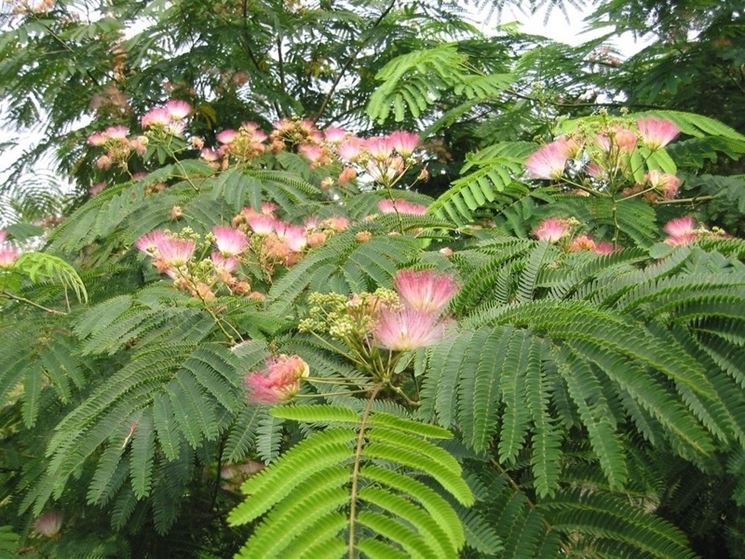
The varieties of Acacia of Constantinople are distinguished from each other on the basis of the bearing, the size of the plant and the color of the flowering stamens. The “julibrissin” variety has an expanded habit with an umbrella-shaped crown and an erect trunk, while Albizia julibrissin var. mollis assumes a shrubby habit as there are numerous branches at the base of the plant and, moreover, it has a lower height. The «rosea» variety is a modestly sized tree, maximum 7 m tall, characterized by completely pink flower stamens and, being native to northern China and Korea, by a greater resistance to cold than the others, in fact it bears thermal values down to – 20 ° C. Other cultivars are Pendula, characterized by a pendulous posture and Summer Chocolate,


